iambfg
gamer level 8
32580 xp
32580 xp
followers
27
27
Use my invite URL to register (this will give me kudos)
https://boardgaming.com/register/?invited_by=iambfg
profile badges




recent achievements

Time Well Spent - News
Click on the hourglass 100 times that appears when you are browsing News pages. learn more >
Click on the hourglass 100 times that appears when you are browsing News pages. learn more >

I'm Completely Obsessed
Play a specific game 50 times
Play a specific game 50 times

Paladin
Give 1000 hearts (loyalty points) to a single game
Give 1000 hearts (loyalty points) to a single game

El Dorado
Explore select games by completing a series of exploration actions ...learn more »
Explore select games by completing a series of exploration actions ...learn more »

Add Games to Your Wish List! Navigate to a game page and click on the "Want It!" button
Player Stats
Critic (lvl 3)
1365 xp
1365 xp
Explorer (lvl 5)
5164 xp
5164 xp
Professor (lvl 3)
869 xp
869 xp
Reporter (lvl 2)
627 xp
627 xp
About Me
CULT OF THE NEW
__________________________________________________________
**********************************************************
Points are fun!












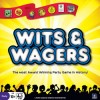

















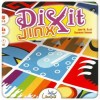


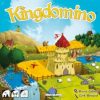


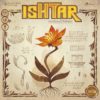

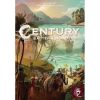
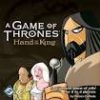

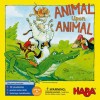























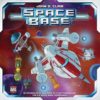







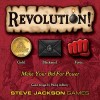












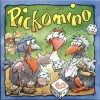


















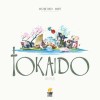













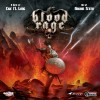












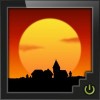



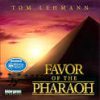



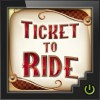
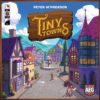
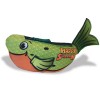







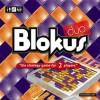












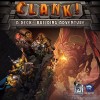






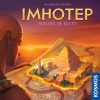


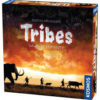
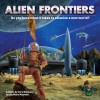

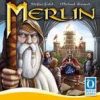











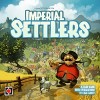


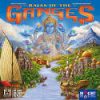





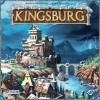

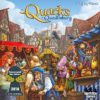







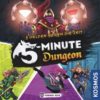




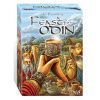





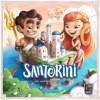


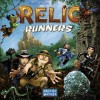


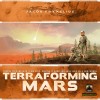




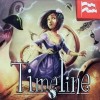












Century: A New World
I really enjoy worker placement games. Stone Age, Marco Polo, Champions of Midgard, Caverna…the list of good worker placement games is long and contains pretty much any theme you could want.
But these are not short games.
So when Plan B Games announced the last in the Century trilogy would be a worker placement game, I was very much onboard. Could they really deliver a worker placement game where turns just fly by?
Components
There’s no easy way to put it. There are some good and bad here.
The cards and tiles are great. The workers and the playing board? Not so much. The joke that will come up is that a resource cube (it’s a Century game, ofcourse there are cubes!) is about the size of two workers.
And the board is made out of thickish paper. Why the boards are not the same thick tile like material as the Eastern Wonders tiles I don’t know. It’s a shame really.
Set-Up
Give everyone a player mat, and coloured pieces of their choice. Boring, typical stuff like any Euro.
But borrowing from Eastern Wonders, A New World has a variable board. THIS IS FANTASTIC. One issue most worker placement games have, is that after multiple plays they become a little samey. Not an issue here.
Adding to this is that some spots on the board are covered with exploration tiles. In some games you may not see large portions of the board.
This means there is more to discover in each game you play!
Game Play – Basics
On a player’s turn they will choose one of two actions:
*Work: Use one location of the game board by placing the required number of settlers there.
*Rest: Return all your settlers from the game board to your player board.
That’s right…there are no set number of round in a game of A New World. Oh and another great twist, there’s bumping other player’s workers. Really want to go on a spot somebody else has gone? Sure. But you pay an extra worker AND give the other player a worker or two to avoid having to rest.
I LOVE THIS.
The last round is triggered once a player claims their 8th point card.
The player with the most points wins.
Game Play – Advanced Tactics
When you go to turn in cubes for a point card, you also have the option of taking a bonus tile. These often will give you points for collecting certain icons on either point cards, or exploration tiles.
This really makes what point cards you go for vastly different than your opponent.
Theme
I’ll just copy what I put here from my Eastern Wonders review:
“Look, the Century games have alt Golem versions that are the same game with different components. If you are looking for a theme heavy game, you are not going to find it here.”
There is a theme here, but it’s pasted on.
Replay Value
Variable setup.
Unique end game scoring goals.
These are usually things that make a game very replayable. Add in the stream lined nature of the Century Games?
I’m on board. Yeah!
Over All Impression.
This is a great worker placement game. If you like worker placement games you will likely enjoy this one. The bumping, and unique goals really do make this game feel different.
But the best part?
This is still a Century game. Turns go by FAST. The game feel meaty, but is over before you know it. While I really liked Caverna, I sold my copy because it never got played. It just took too long. A New World? This is so easy to get to the table and gives me the same type of enjoyment.
I’ll just need to grab some proper sized meeples for my copy.